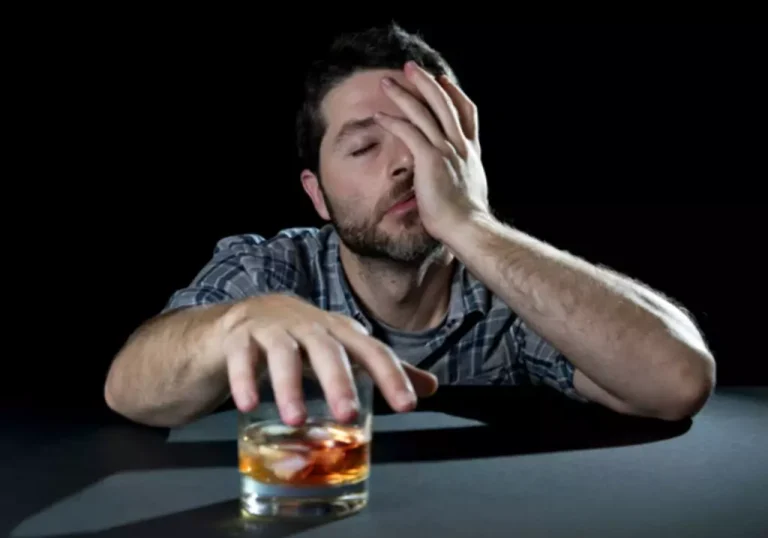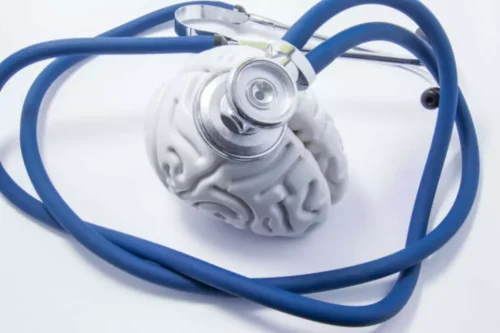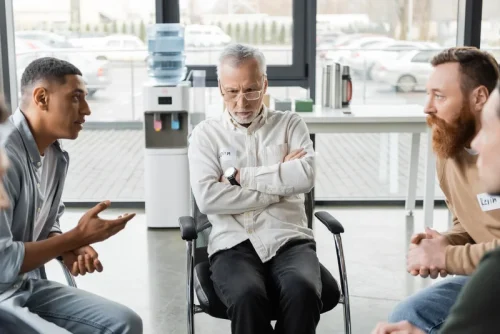In some countries, the responsibility falls on parents and guardians to decide when it is appropriate for their children to consume alcohol. However, the absence of a legal drinking age in other countries is simply due to a lack of enforceable regulations. For example, in some African countries, there are no specific laws regarding the legal drinking age, or the laws are not strictly enforced. This means that individuals 18 years of age and older are legally allowed to drink alcoholic beverages in public. It is illegal for anyone under the age of 18 to consume alcohol in China. The drinking age in Russia is 16, but the minimum age for purchasing alcohol is 18.
Con 3: Alcohol consumption should be based on age of license (legality), rather than age of majority (adulthood).
In many places of the world, you cannot buy alcohol for people under the minimum drinking age of that location. Usually, the only exception is for a parent or guardian buying for their own child. However, not all Australian locations require a parent or guardian present when a minor receives alcohol. Permission must always be obtained by the parent or guardian, however.
A strict penalty will be implemented for parents who refuse to obey this law. Meanwhile, at the same time, people who run establishments where alcohol is readily available cannot serve their products to anyone below 18. Yes, there have been proposals to raise the legal drinking age from 18 to 21 to combat rising alcohol-related deaths. Historically, alcohol has been a significant source of revenue for the Russian government, dating back to the 1540s when Ivan the Terrible set up taverns in his major cities. By 1859, vodka was the source of more than 40% of the government’s revenue. Beer has soared in popularity in Russia, being marketed as a healthier alternative to spirits.
The legal drinking age in Russia is 18, but there are exceptions
- The youngest legal drinking age in the world is 15, with both Mali and the Central African Republic allowing folks to drink at that time.
- No person shall supply alcohol to anyone under the age of 18 (Art 91).
- According to the report, more than 50% of people in the Americas, Europe, and the Western Pacific Region (Japan, Australia, Oceania) drank alcoholic beverages in 2016.
- However, the overall alcohol consumption rate (technically referred to as “alcoholism”) measures lower than some other European nations and the United States.
- So if you’re planning on drinking in China, make sure you have a safe way to get home.
This means grocery stores cannot offer percentages or monetary units (euros) off bulk alcohol purchases. Pubs could also lose their alcohol licenses, and owners maybe could end up in jail if they serve to minors. On February 18, 2020, the German Government stated that they will not raise the drinking age to 18. Instead, the government responded to the Green Party’s concerns by advocating responsible alcohol use, which they believe is working.
Australia abides by the ABAC Responsible Alcohol Marketing Code. These regulations govern where vendors can market alcoholic products. These codes also control the content shown on radio and TV or in print or on outdoor signs featuring advertisement.
The Russian government has also implemented other whats the legal drinking age in russia measures to combat alcohol abuse, such as raising taxes on alcoholic beverages, introducing a minimum unit price policy, and restricting advertising. These measures have been successful in reducing alcohol consumption and improving health outcomes in the country. These policies have resulted in a significant decrease in alcohol consumption, with wine and beer overtaking spirits as the main sources of beverage alcohol. Russia has a prominent drinking culture, with alcohol consumption in the country remaining among the highest in the world.
International Minimum Ages for Sales of Alcohol
The legal drinking age in the territory of Puerto Rico is 18 (though you must be 21 to enter some bars and clubs.) It’s also 18 for the US Virgin Islands. One of the biggest tourism magnets of the 21st century, the UAE is a federation of seven emirates on the Arabian Peninsula. Each one has its own way of doing things – that includes age limits on drinking. According to the Australian government’s Smart Traveller website, “The legal drinking age in Abu Dhabi is 18 years.
In comparison to other items, alcohol is relatively affordable and this makes it more accessible to people from all walks of life. So if you are under 18, you can drink in Ireland, but you just can’t buy alcohol. This means that you can’t go to a bar or a liquor store and buy alcohol. Yes, you can buy alcohol online in Russia, but it’s important to purchase from a reputable seller. It’s also worth noting that alcohol delivery is restricted between the hours of 11 p.m. It’s also important to pace yourself and drink plenty of water to avoid overindulging.
Italy, France and other European nations have high rates of alcohol consumption among the youth. They grew up with it, and for some reason, they feel compelled to overindulge more than adults. Researchers and public institutions continue to advocate less drinking among teenagers and children. It’s not uncommon for European nations to serve alcohol to a child as young as five years old. However, the drinking age in the UK is 18, which is when young people can legally drink or buy alcohol in public. Apparently, studies concerning MLDAs demonstrated crash reductions and less alcohol consumption related to raised MLDAs.
Alcoholic beverages available in vending machines pose a challenge with controlling underage drinking. The country doesn’t take drinking and driving lightly, however, whether you are underage or not. Japan has the second-highest drinking age in the world compared to most locations where the minimum age is 21 In Japan, you must be at least 20 years old to purchase and consume alcohol. You can use your passport for your ID at local establishments such as bars or restaurants. The Minimum Drinking Age in France is 18 for purchases and consumption of all alcoholic beverages.
This law was put in place to help children learn to drink responsibly and to develop a taste for alcohol at a young age. During the year when most people were expected to stay home worldwide because of the Covid-19 quarantines, alcohol use still declined. Beer consumption dropped by more than 5 percent, wine sales declined by more than 2 percent, and spirit sales decreased by almost one percent. Children 16 and 17 years old can receive wine from a parent, but they cannot buy it themselves at a restaurant. In this case, the permission applies to drinking while a meal is served, which usually is how alcohol is consumed when families drink together.


















